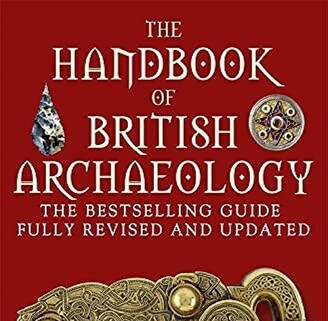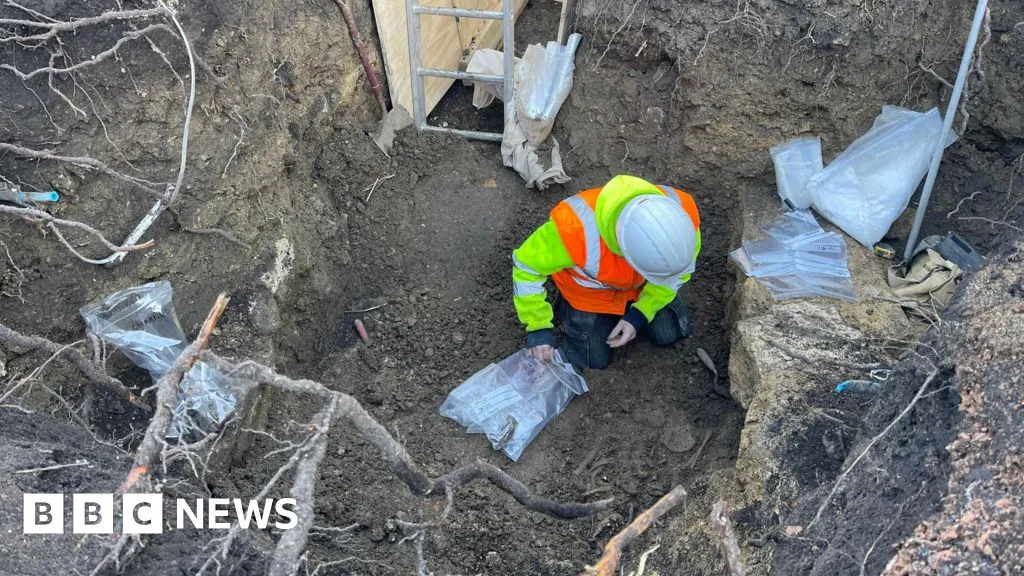Human bones dated to be more than 1,000 years old have been discovered in the garden of a hotel, with 24 skeletons found alongside bones belonging to a number of others.
The Anglo-Saxon remains of men, women and children were found in the grounds of The Old Bell Hotel in Malmesbury, which is next door to Malmesbury Abbey, in Wiltshire.
The remains are from 670 to 940 AD, so include the very earliest days of the abbey, when it was a monastery.
Malmesbury Abbey historian Tony McAleavy said the results are significant, especially because the place “at this time was one of the leading centres of scholarship in western Europe”.
Malmesbury Abbey historian and local resident Tony McAleavy said he “was off the scale excited”.
“What we’ve got here is not a collection of the bodies of monks - it’s men, women and children,” he added.
…
Mr McAleavy added: "It looks like we’ve found traces of the community of people to helped the monks here.
“It’s going to shed new light on the way Malmesbury Abbey worked in its golden age.”



This is the best summary I could come up with:
Human bones dated to be more than 1,000 years old have been discovered in the garden of a hotel, with 24 skeletons found alongside bones belonging to a number of others.The Anglo-Saxon remains of men, women and children were found in the grounds of The Old Bell Hotel in Malmesbury, which is next door to Malmesbury Abbey, in Wiltshire.The remains are from 670 to 940 AD, so include the very earliest days of the abbey, when it was a monastery.Malmesbury Abbey historian Tony McAleavy said the results are significant, especially because the place “at this time was one of the leading centres of scholarship in western Europe”.
Malmesbury Abbey historian and local resident Tony McAleavy said he “was off the scale excited”.
“What we’ve got here is not a collection of the bodies of monks - it’s men, women and children,” he added.Cotswold Archaeology was called in last year to excavate as part of planning conditions for some building work and now details have been revealed.
From written sources, the area is believed to have been part of the monastic development.Mr McAleavy added: "It looks like we’ve found traces of the community of people to helped the monks here.
“It’s going to shed new light on the way Malmesbury Abbey worked in its golden age.”
While there is writing discussing the town’s Saxon past, experts say this find has finally provided physical evidence.Paulo Guarino from Cotswold Archaeology said: "We knew from historical sources that the monastery was founded in that period but we never had solid evidence before this excavation.
The original article contains 382 words, the summary contains 260 words. Saved 32%. I’m a bot and I’m open source!